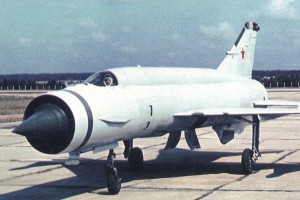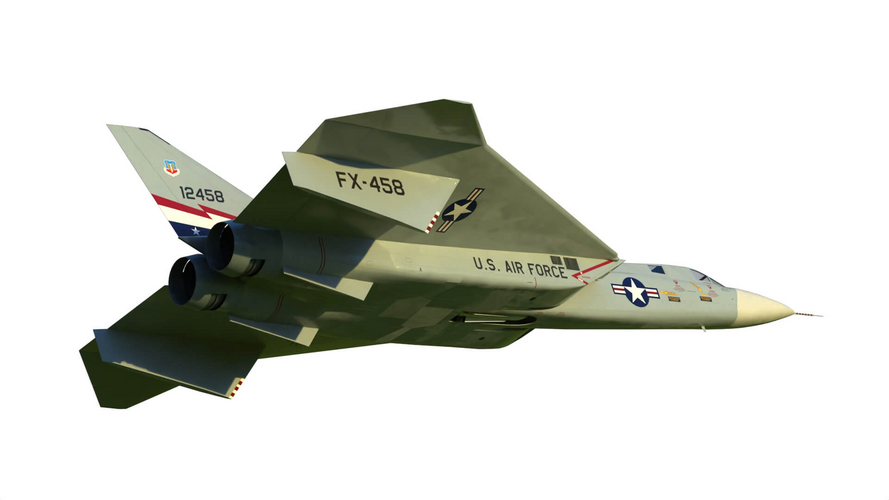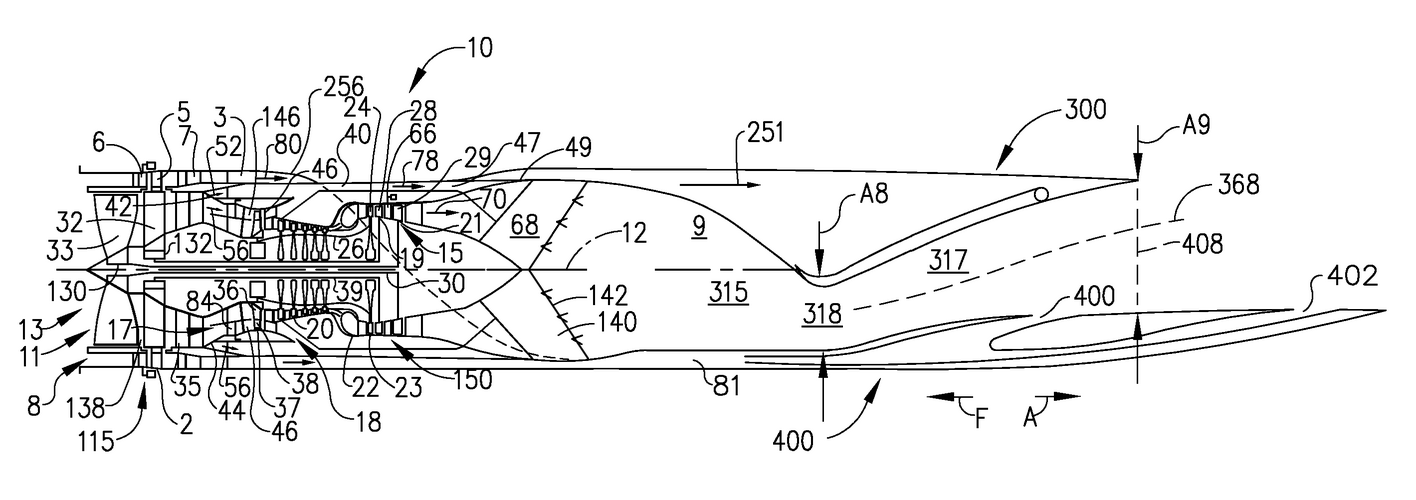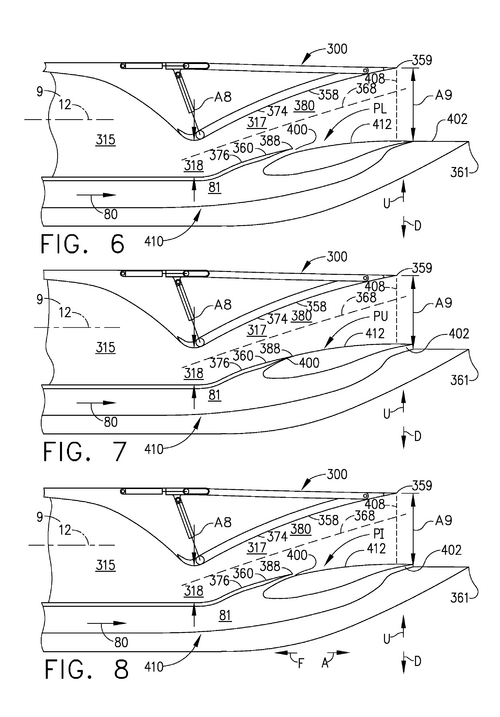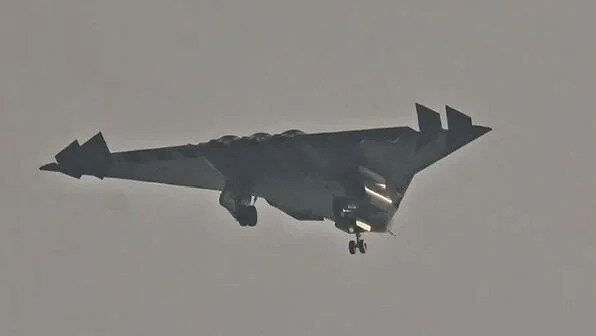Low thrust to weight ratio in aircraft like Mirage III, MiG-25 or SR-71 is not a problem to reach mach 2 or Mach 3, the problem is fuel consumption.
MiG-25 has a very low drag airframe, thin wings but it carries a lot of fuel and has a relatively short range, SR-71 has a longer range but carries more fuel.
What does it mean, at max afterburner the J-36 will finish its fuel in few minutes, so what it is theorized (since they do not the engine type) is the 3 engines is to achieve high supersonic speed, this does not make sense, because a third engine also needs more fuel so it means more weight.
So speed is a matter of aerodynamics and thrust
View attachment 755292
Ye-152M was a very fast aircraft and was powered by a single engine, but range is the problem, a 3rd engine means more fuel and more weight, however a 3rd engine means more payload.
Speed is also a matter of intake design to go faster you need a variable geometry intake, the intakes in J-36 do not suggest Mach 3, but Mach 1.8.
So in my humble opinion they are looking for a high thrust to weigh ratio at a speed of Mach 1.5.
Stability is a problem too, fast aircraft have to be controllable, no vertical fin means unstable aircraft at very high speed
View attachment 755293
I do not think a very fast delta without any vertical tail will have it easy at mach 3, XF-108 is a close configuration to J-36 but if did have 3 vertical fins to fly fast.
So in my humble opinion i do not think it is for speed, it is for supercruise and carry a big payload for very long range and I doubt the engines are very advanced because the NGAD it supposed to be twin engined
Electricity generation could be another possible reason, but would mean all the engines will be working and fuel will be spent, the engine needs to carry its weight and the fuel it uses, a fixed intake also will reduce static thrust at high speed, In my humble opinion the most likely reason
is payload at very long range, more fuel more payload thus more thrust


